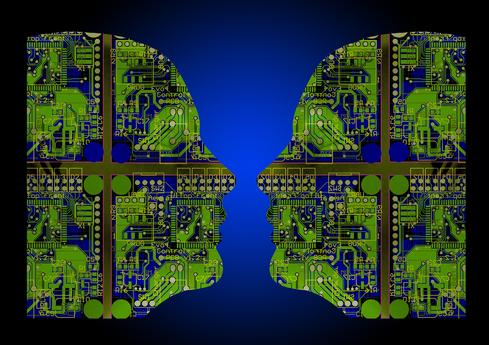With its Dash Button and Dash Replenishment Service, Amazon aims to take the Internet of Things mainstream.


11 IoT Programming Languages Worth Knowing
11 IoT Programming Languages Worth Knowing (Click image for larger view and slideshow.)
The Internet of Things went mainstream on Tuesday when Amazon introduced a device with a button that can be pressed to order consumable goods when supplies run low.
The device, called the Dash Button, is a plastic fob with a single button. Once associated with a specific product through the Amazon app on the customer's smartphone, it will transmit a goods order to Amazon's cloud.
The Dash Button represents a more vendor-specific version of the Flic wireless smart button, which can be configured to trigger software-driven actions on a smartphone or other network-connected appliances.
Amazon is also offering a virtual version of its button -- an API that appliance-makers can use to implement their own refill ordering button in their hardware.
Like the Dash Button, the integrated button connects to Amazon through the Internet wirelessly, or through a proxy, to place consumable replenishment orders from Amazon on behalf of the product owner. It provides one-click ordering without that one click. As an example, Amazon suggests that an automated pet food dispenser could, if capable of measuring its supply of pet food, automatically order more food delivered when the supply gets low.
To accomplish this feat of a-commerce – "a" is for automated – the Dash Button and the integrated button communicate with Amazon's Dash Replenishment Service (DRS).
{image 1}
Presently in limited beta, DRS, as its name suggests, provides a way to programmatically order consumable goods from Amazon. Sellers of consumable goods can apply to take part in the beta test. Public availability is scheduled for this fall. That's when the first appliances that support DRS are expected to be available. These include washers and dryers from Whirlpool, a connected water pitcher from Brita, Quirky's Poppy line of smart appliances, and select Brother printers.
Amazon said in a statement that it wants to work with manufacturers of all sizes, from major companies to hobbyists. Anyone who sells consumable goods through Fulfillment by Amazon can integrate DRS into the relevant device hardware, if it exists, or implement a standalone Dash Button to trigger orders.
According to Amazon, integration with DRS is simple, requiring as few as 10 lines of code using HTML containers and REST API calls.
The value of Dash Button and DRS to Amazon is obvious: It reinforces customer lock-in by ensuring that subsequent orders go through Amazon.com.
Consumers may find the Dash Button a convenient way to reorder their favorite goods, though there's presumably a limit to the number of standalone buttons people will accept in their homes.
Perhaps more pernicious, delegating purchasing decisions to an automated process shields incumbent vendors from competition and could result in consumers accepting prices that may be excessive.
Attend Interop Las Vegas, the leading independent technology conference and expo series designed to inspire, inform, and connect the world's IT community. In 2015, look for all new programs, networking opportunities, and classes that will help you set your organization’s IT action plan. It happens April 27 to May 1. Register with Discount Code MPOIWK for $200 off Total Access & Conference Passes.
About the Author(s)
You May Also Like







